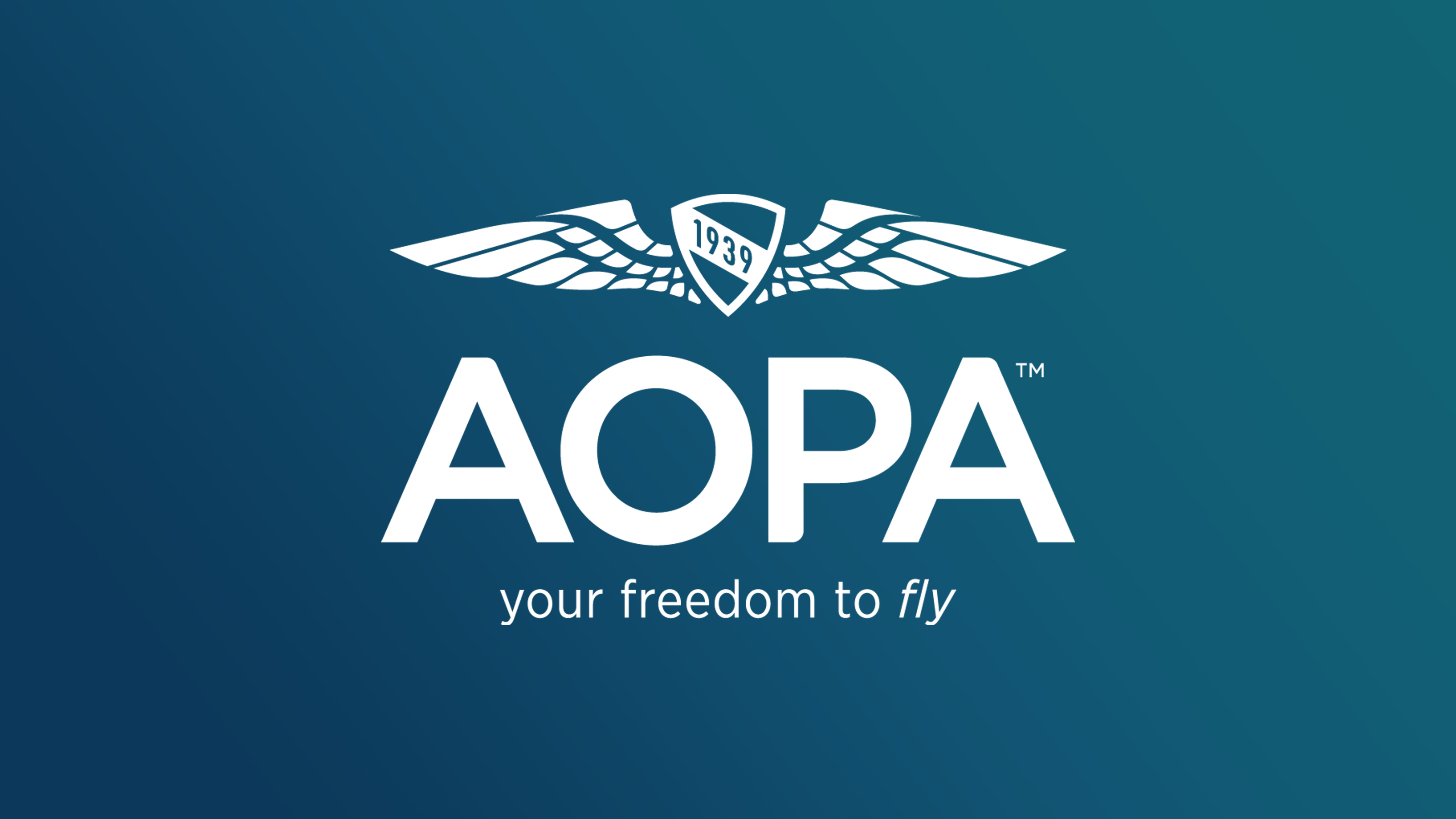
Kathy Yodice
Ms. Yodice is an instrument rated private pilot and experienced aviation attorney who is licensed to practice law in Maryland and the District of Columbia. She is active in several local and national aviation associations, and co-owns a Piper Cherokee and flies the family Piper J-3 Cub.
